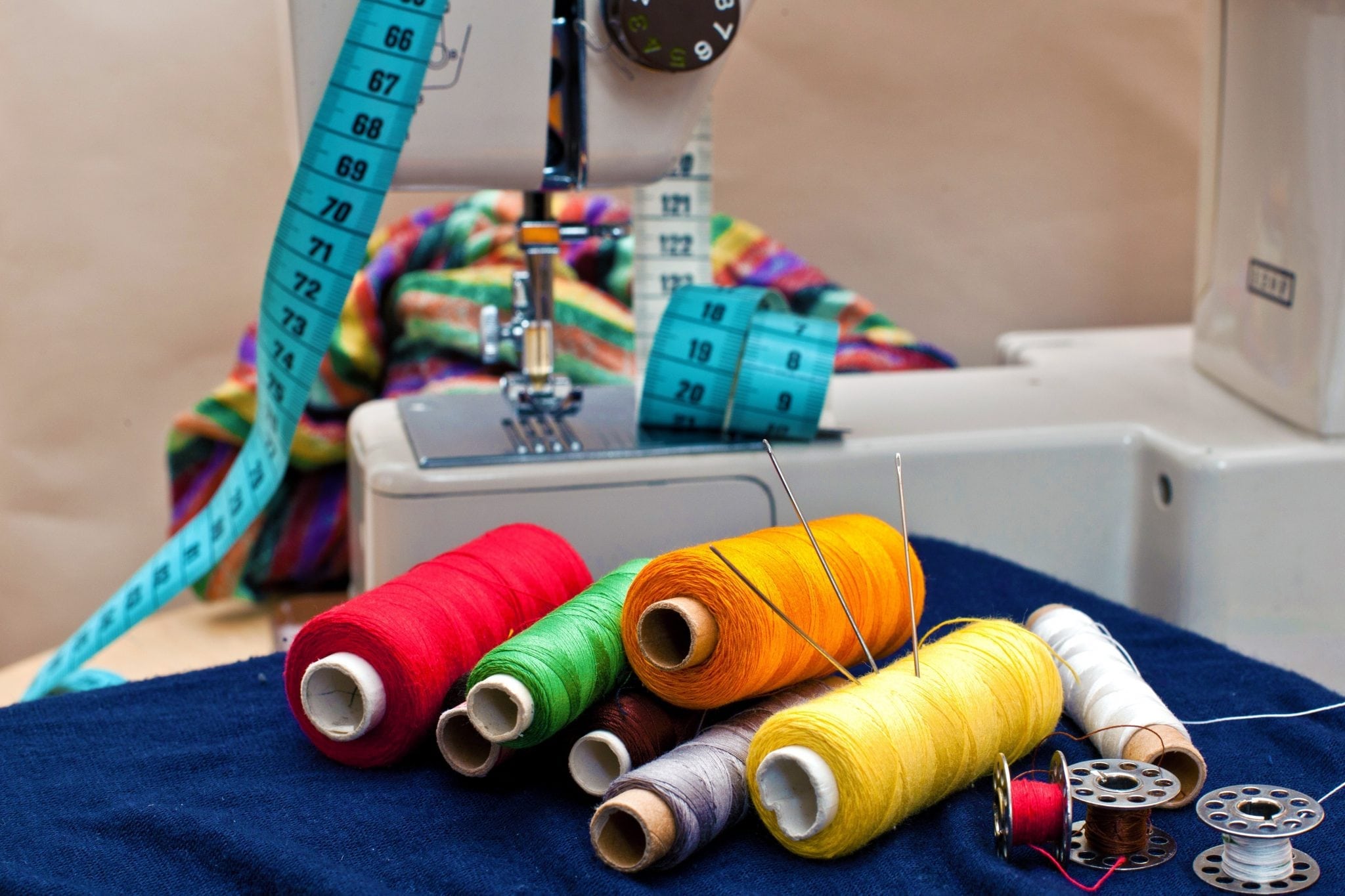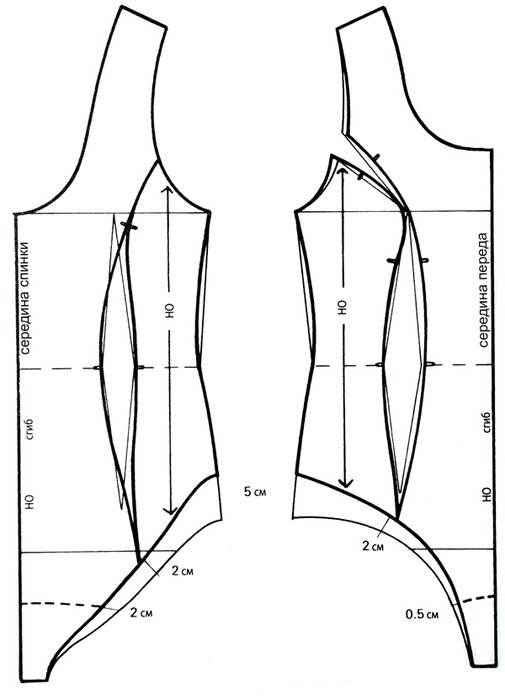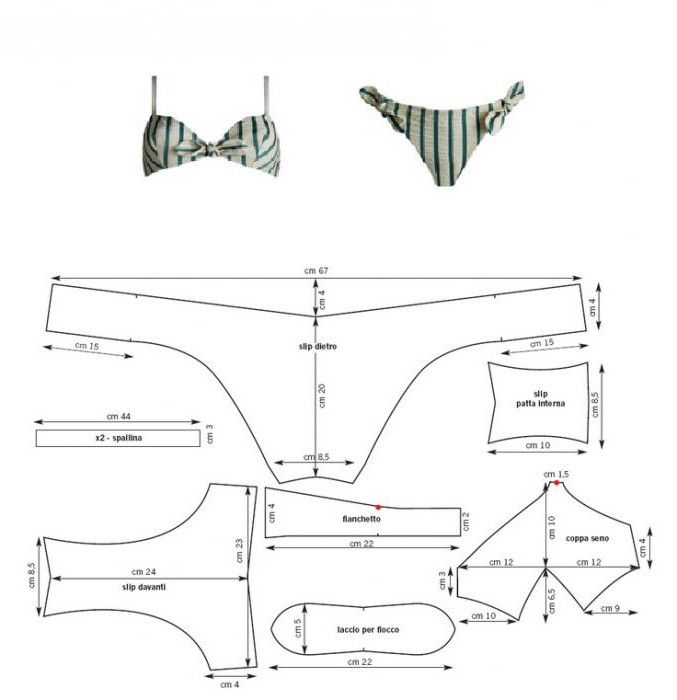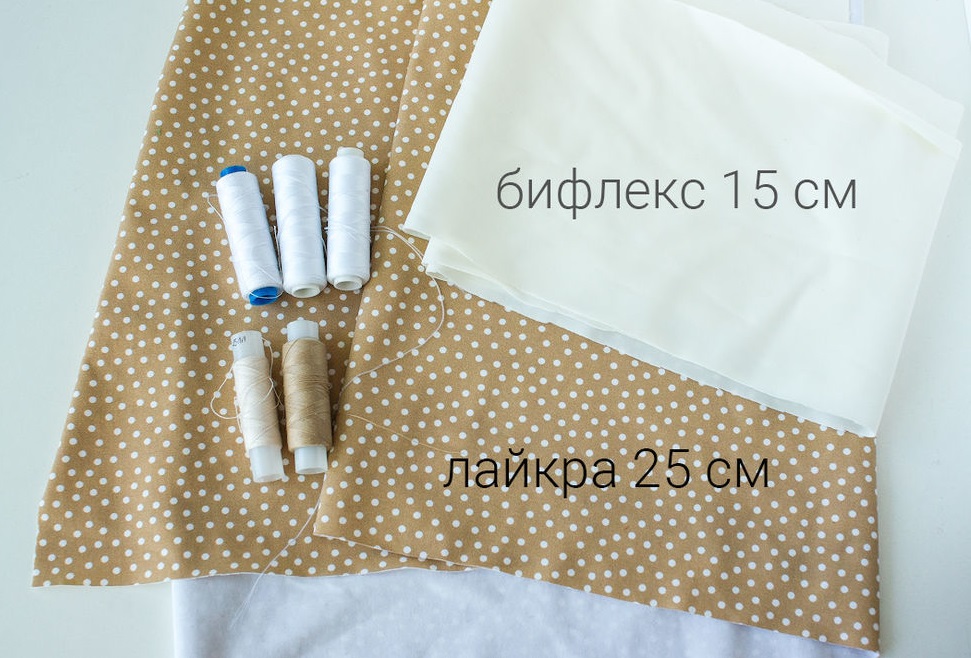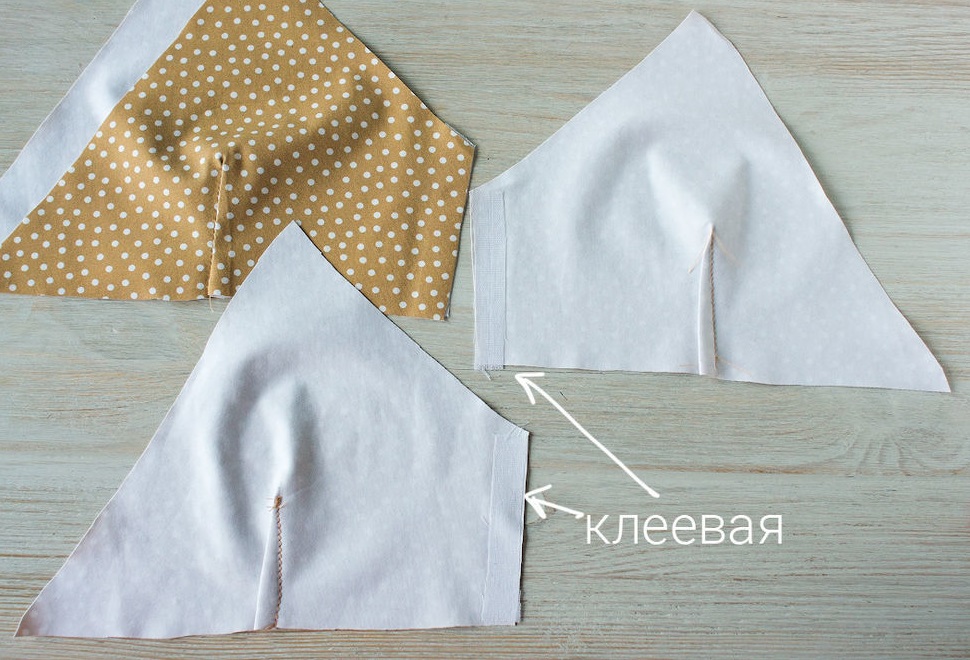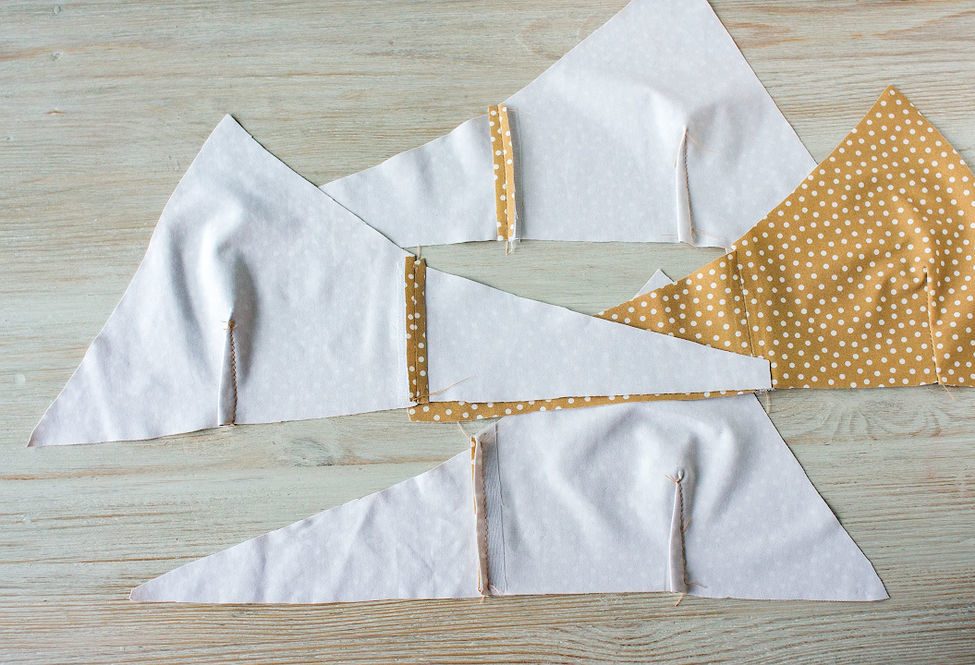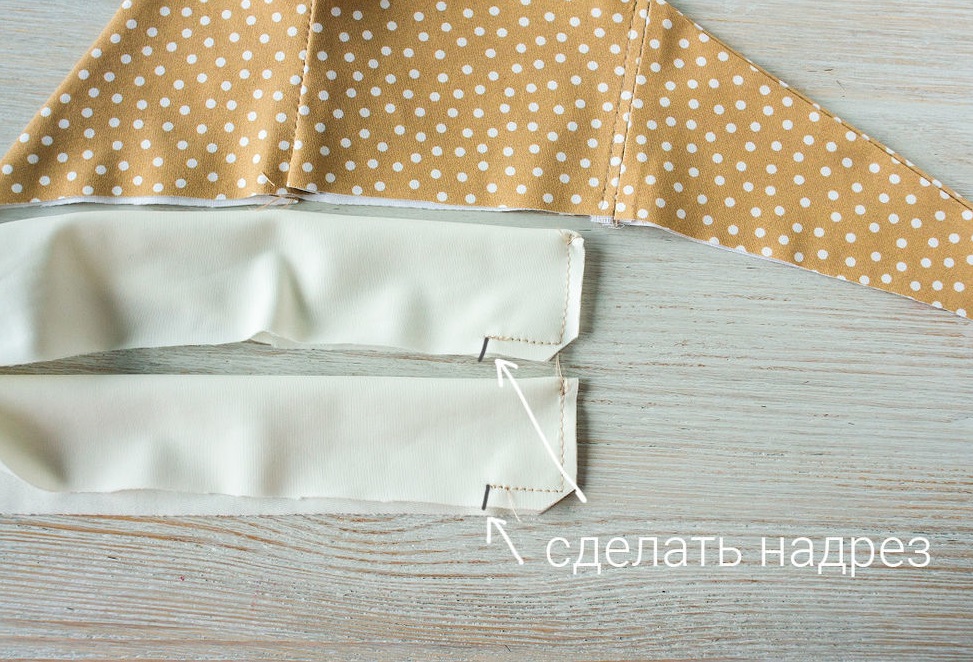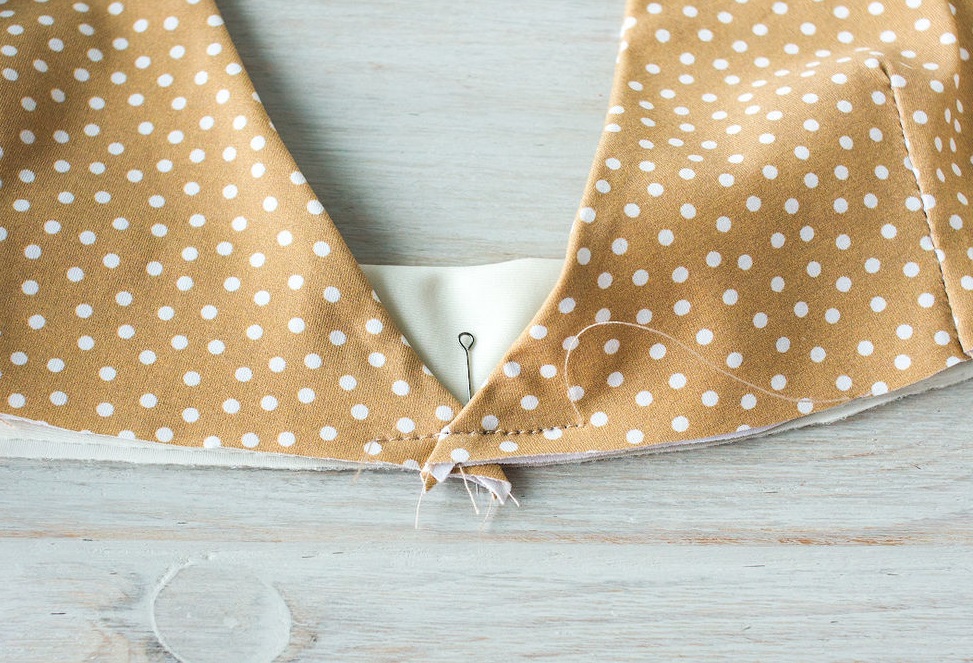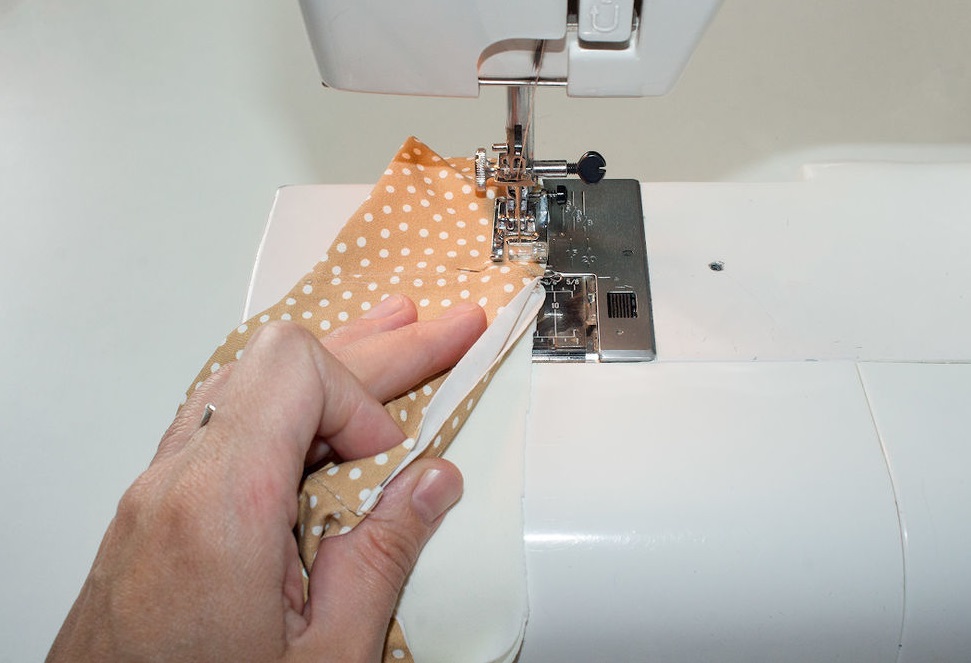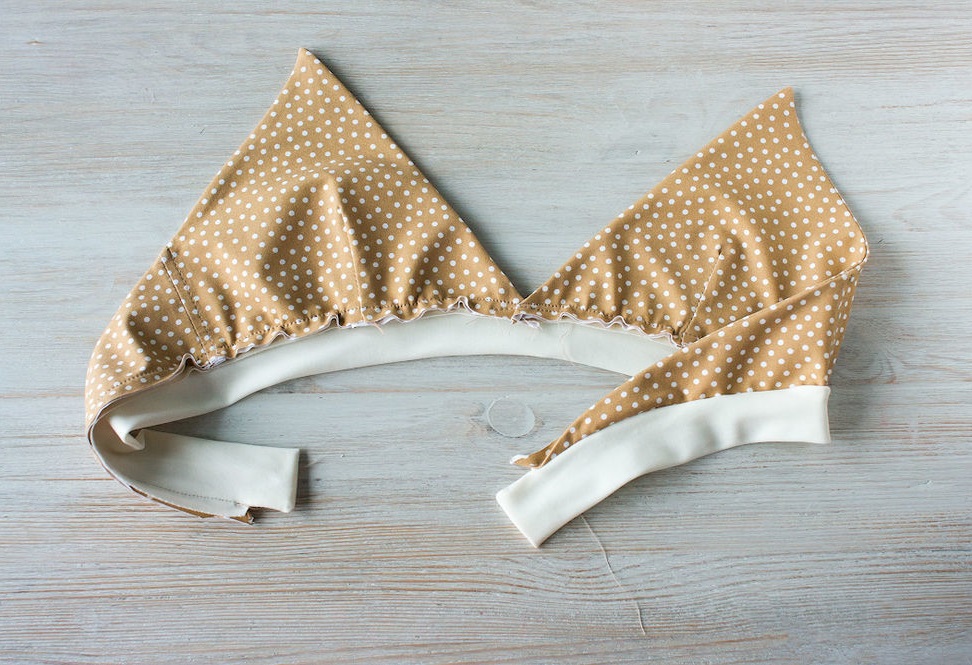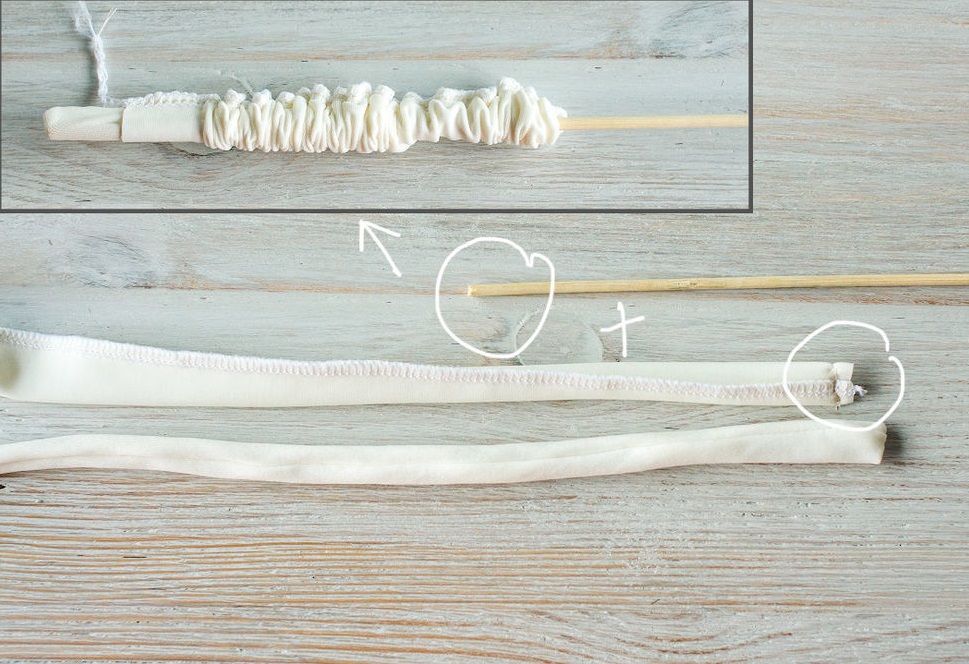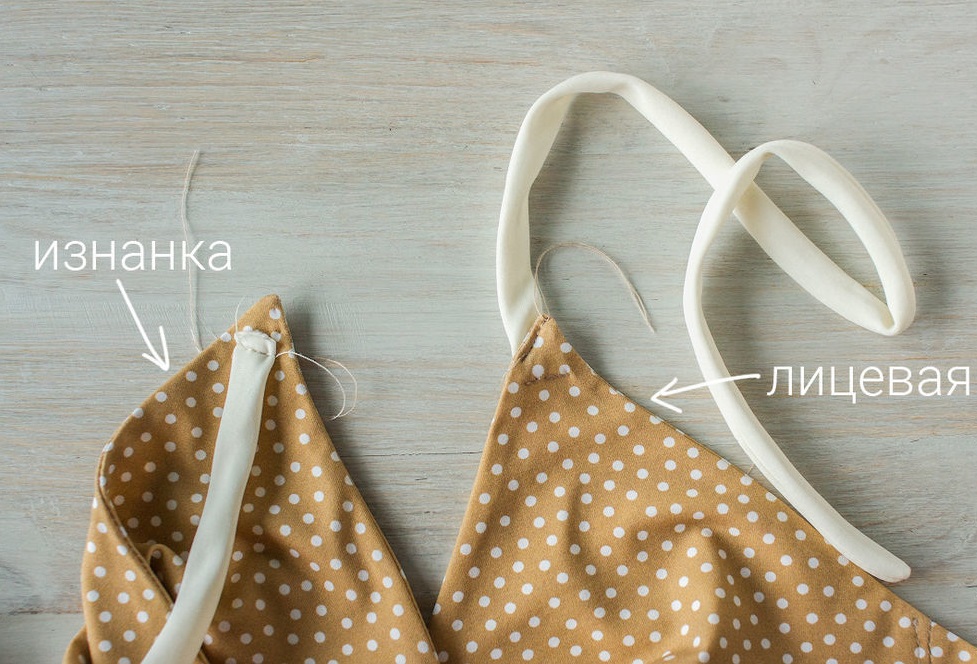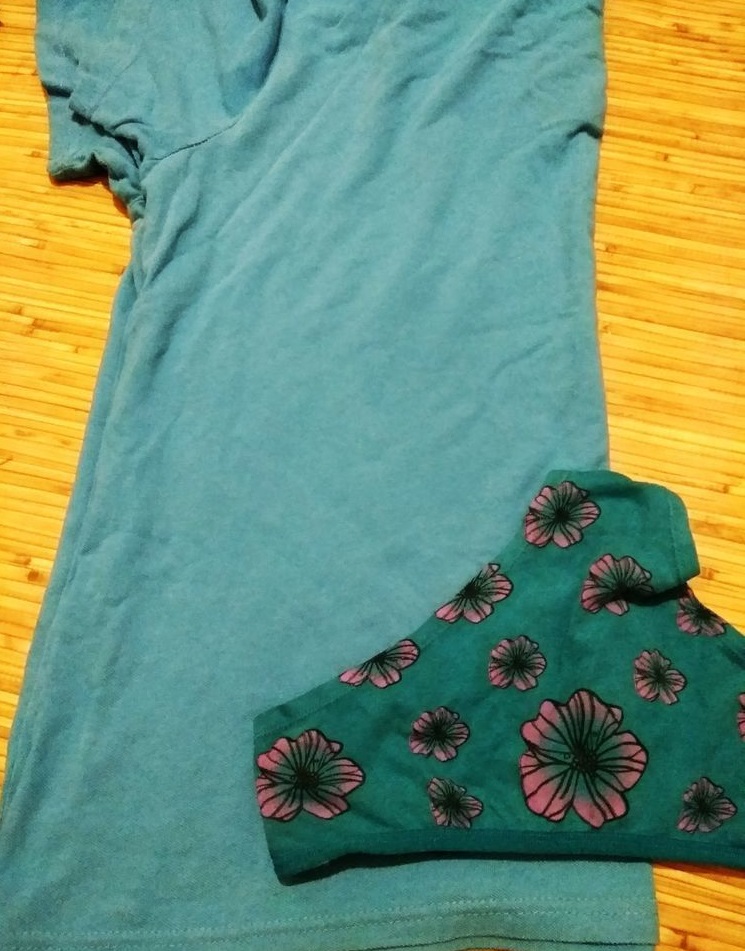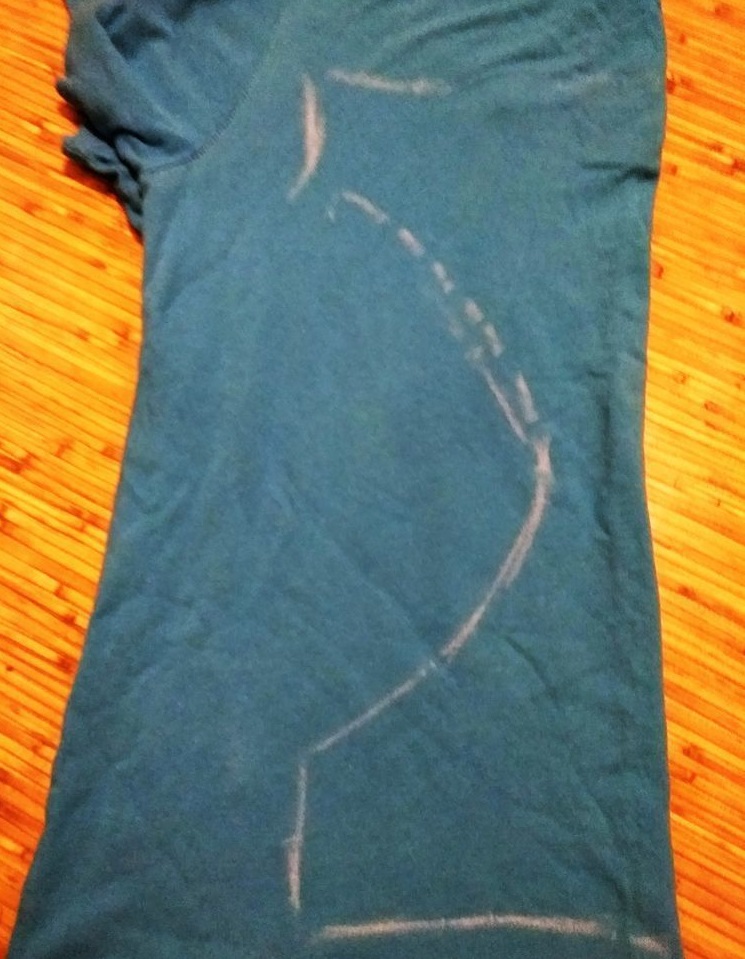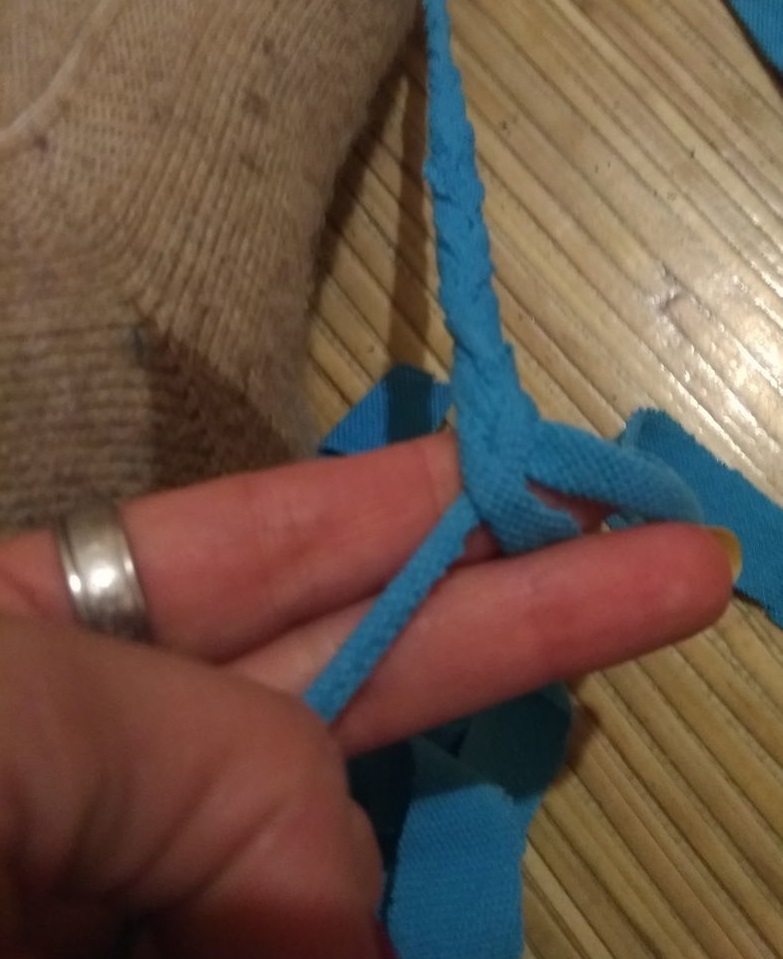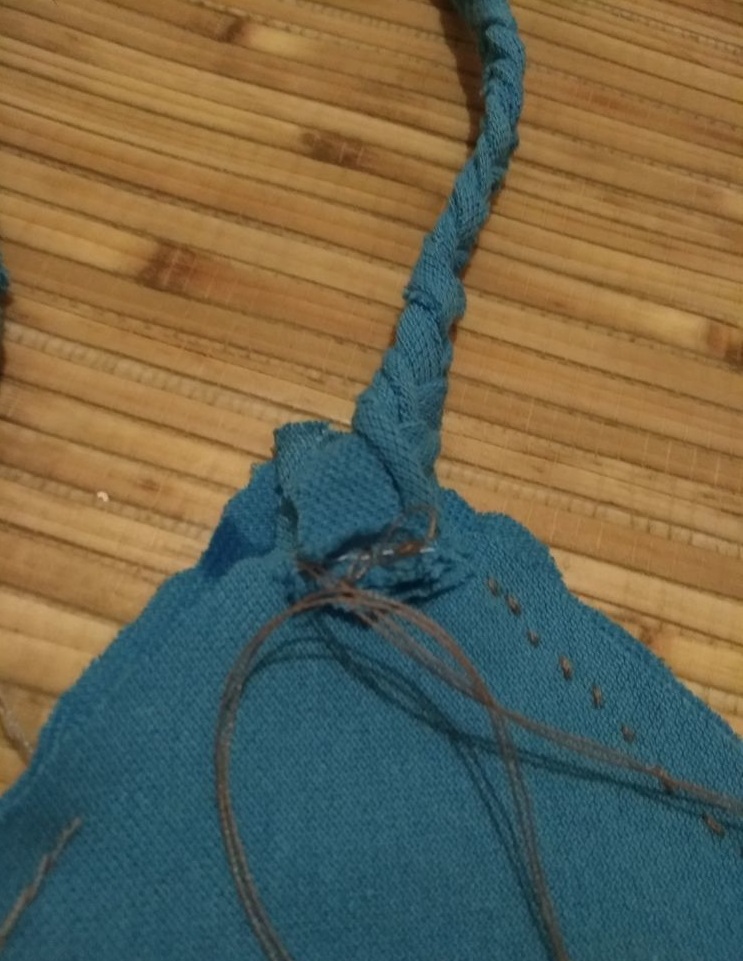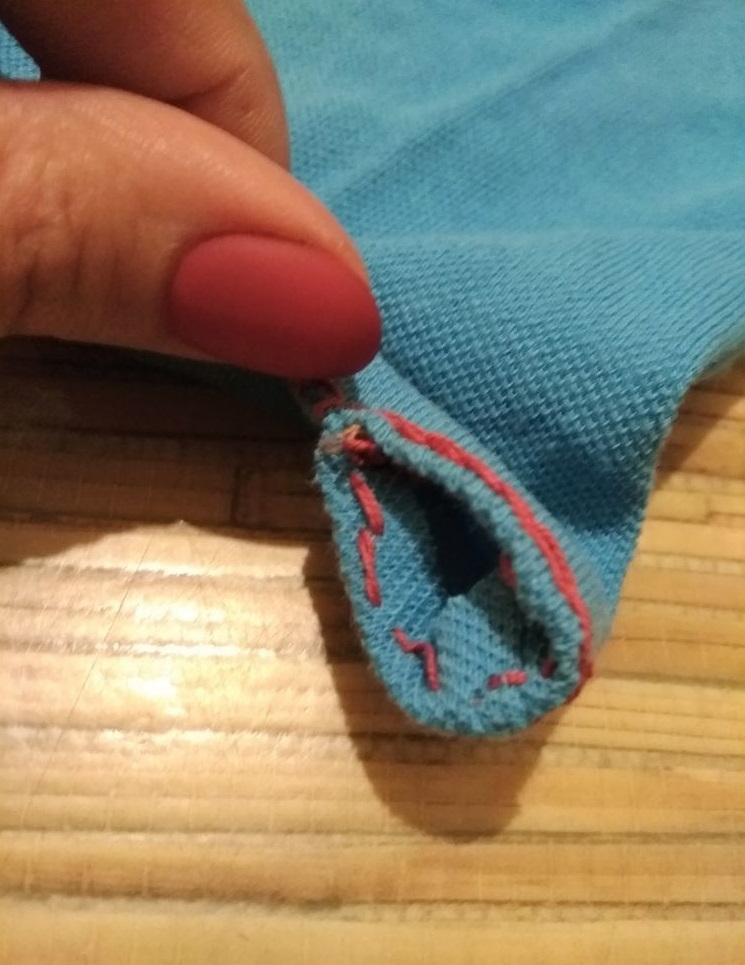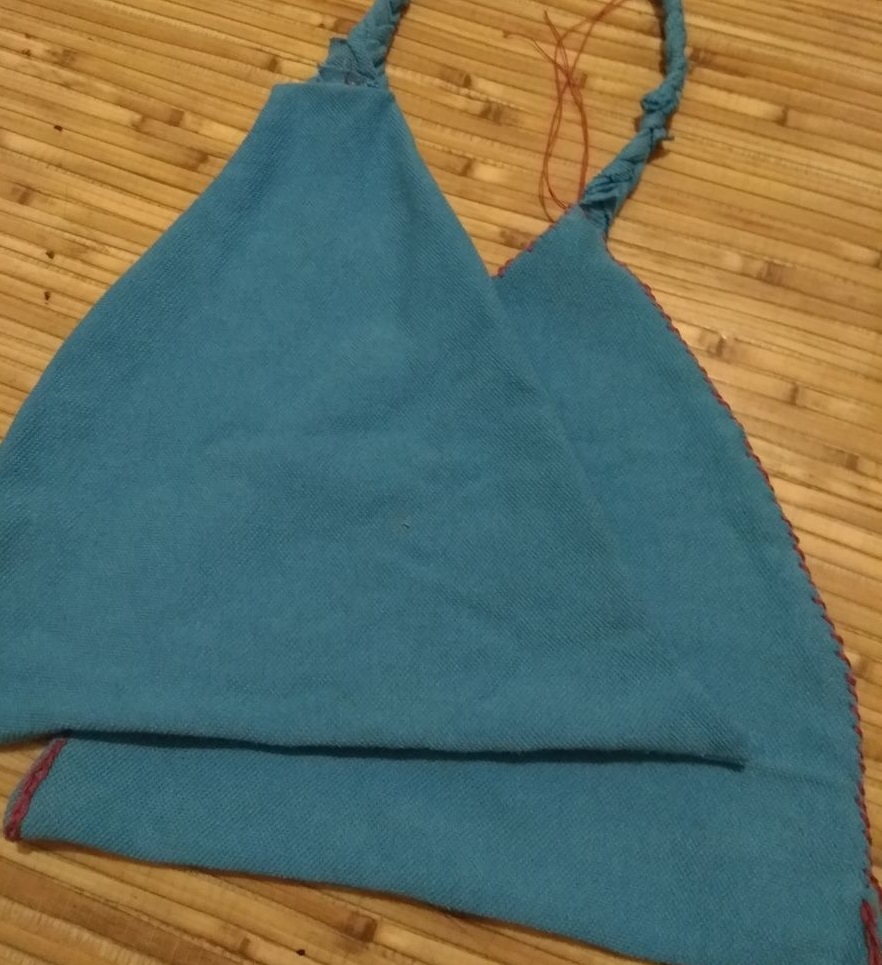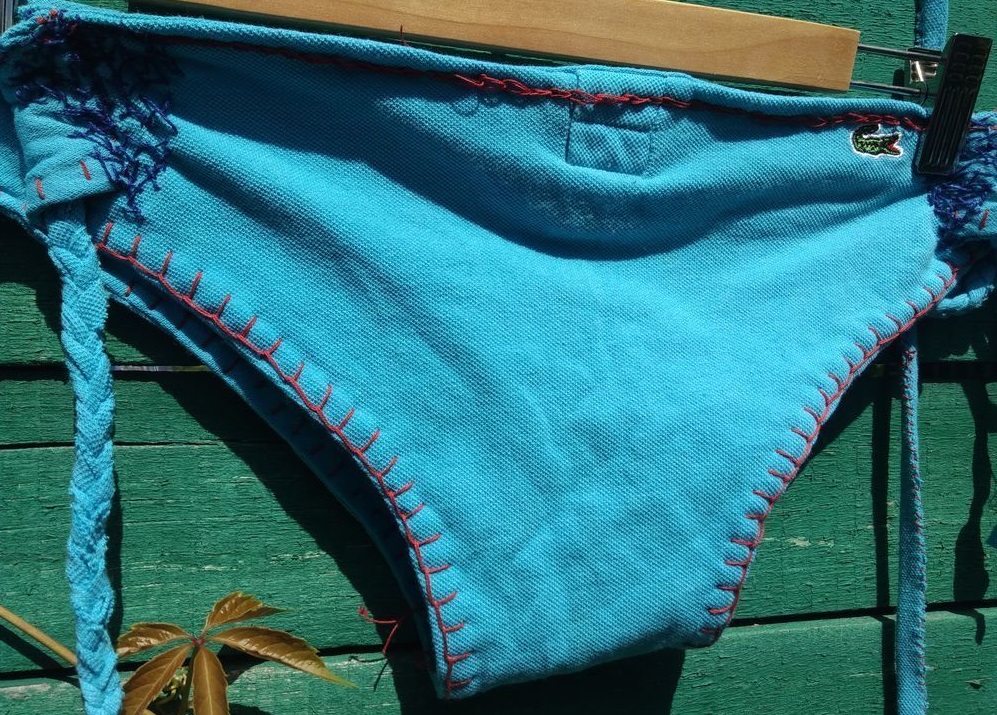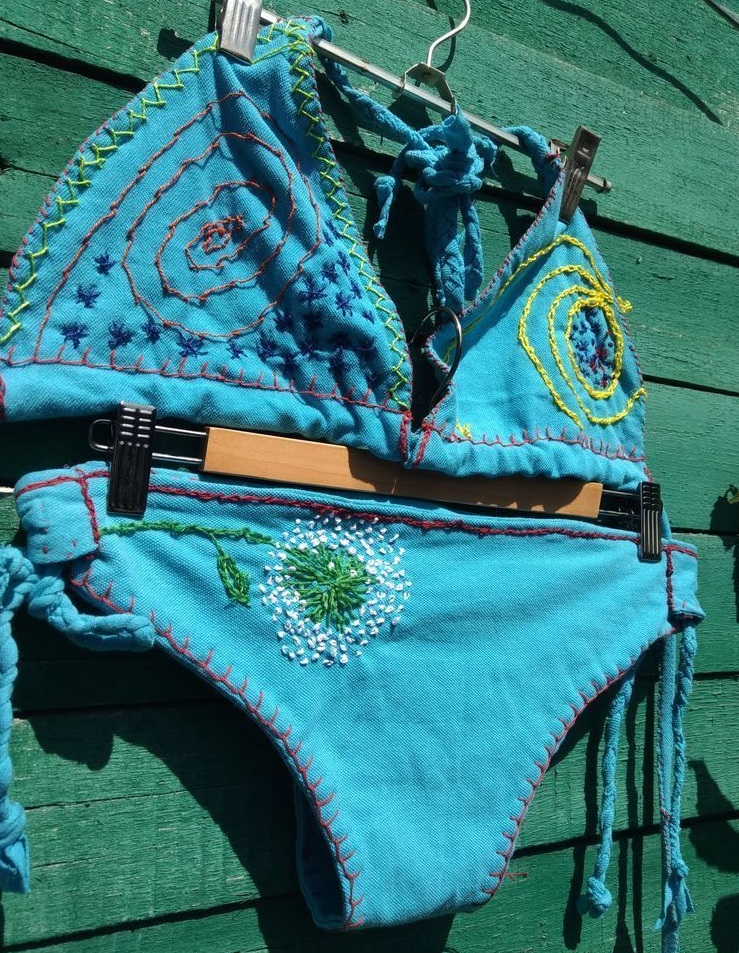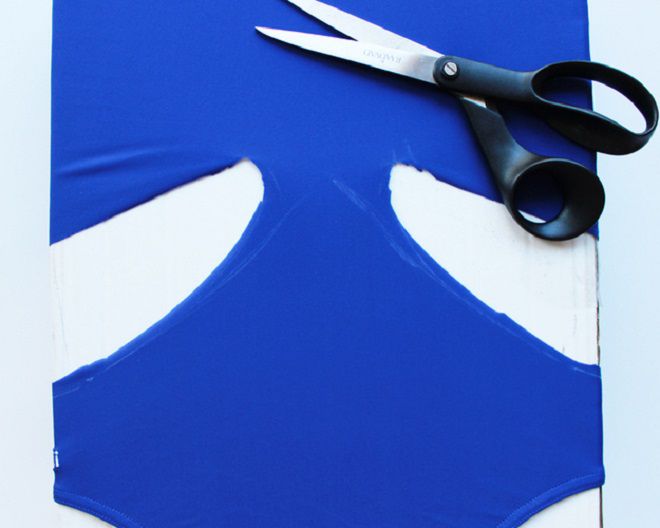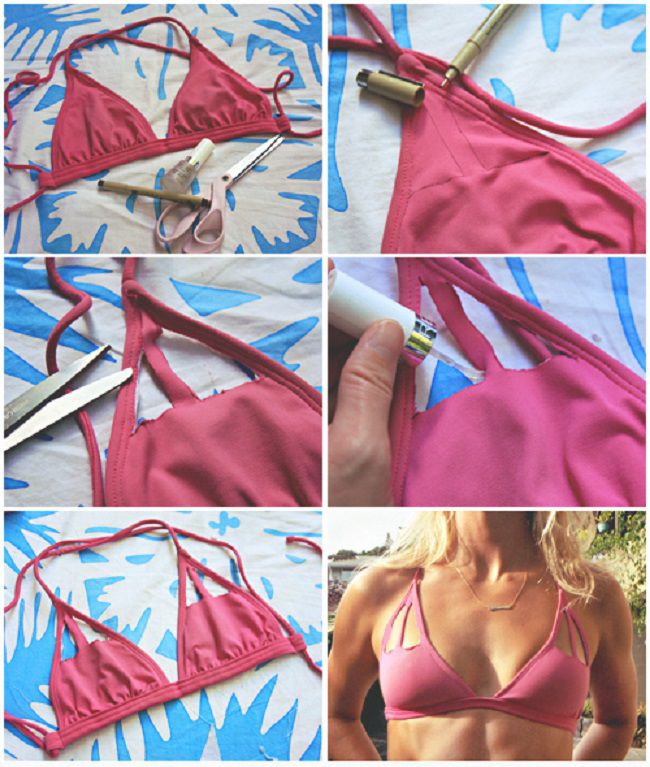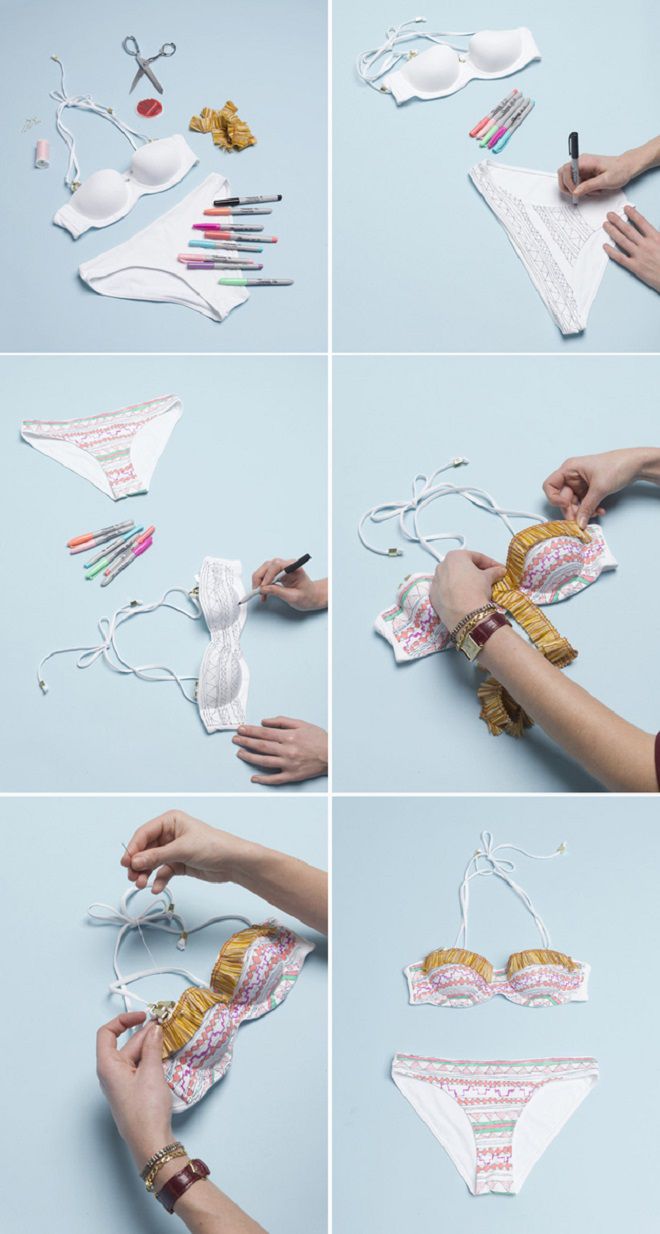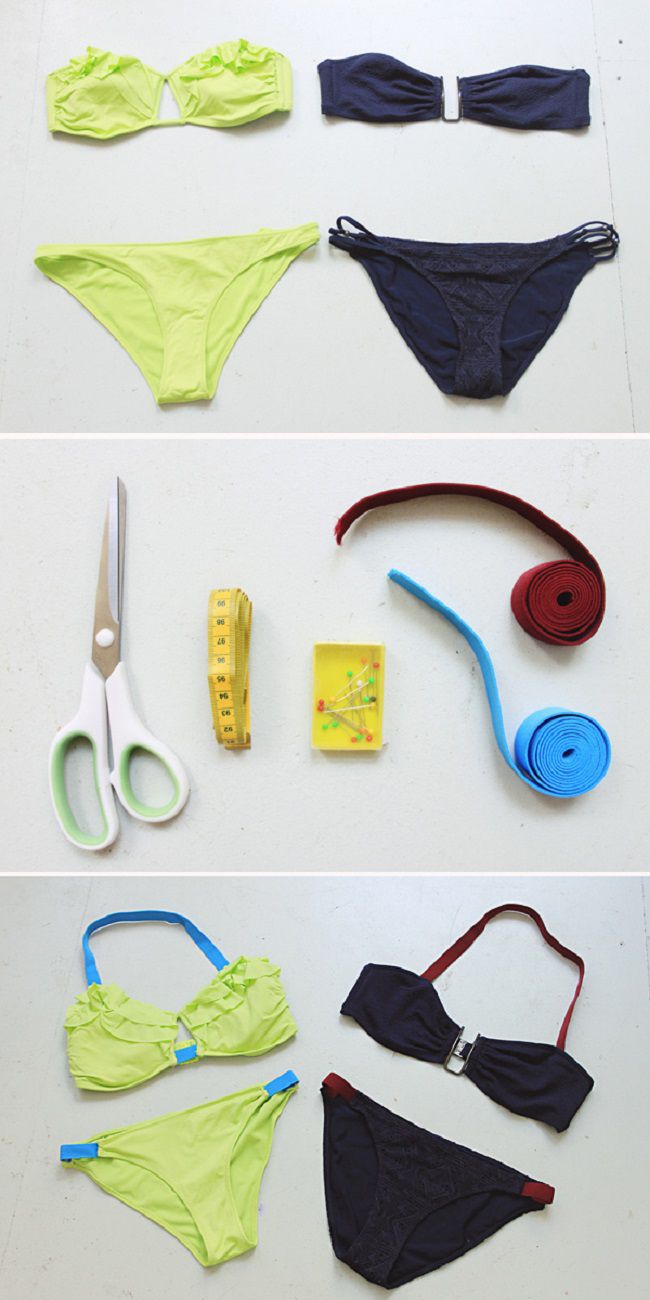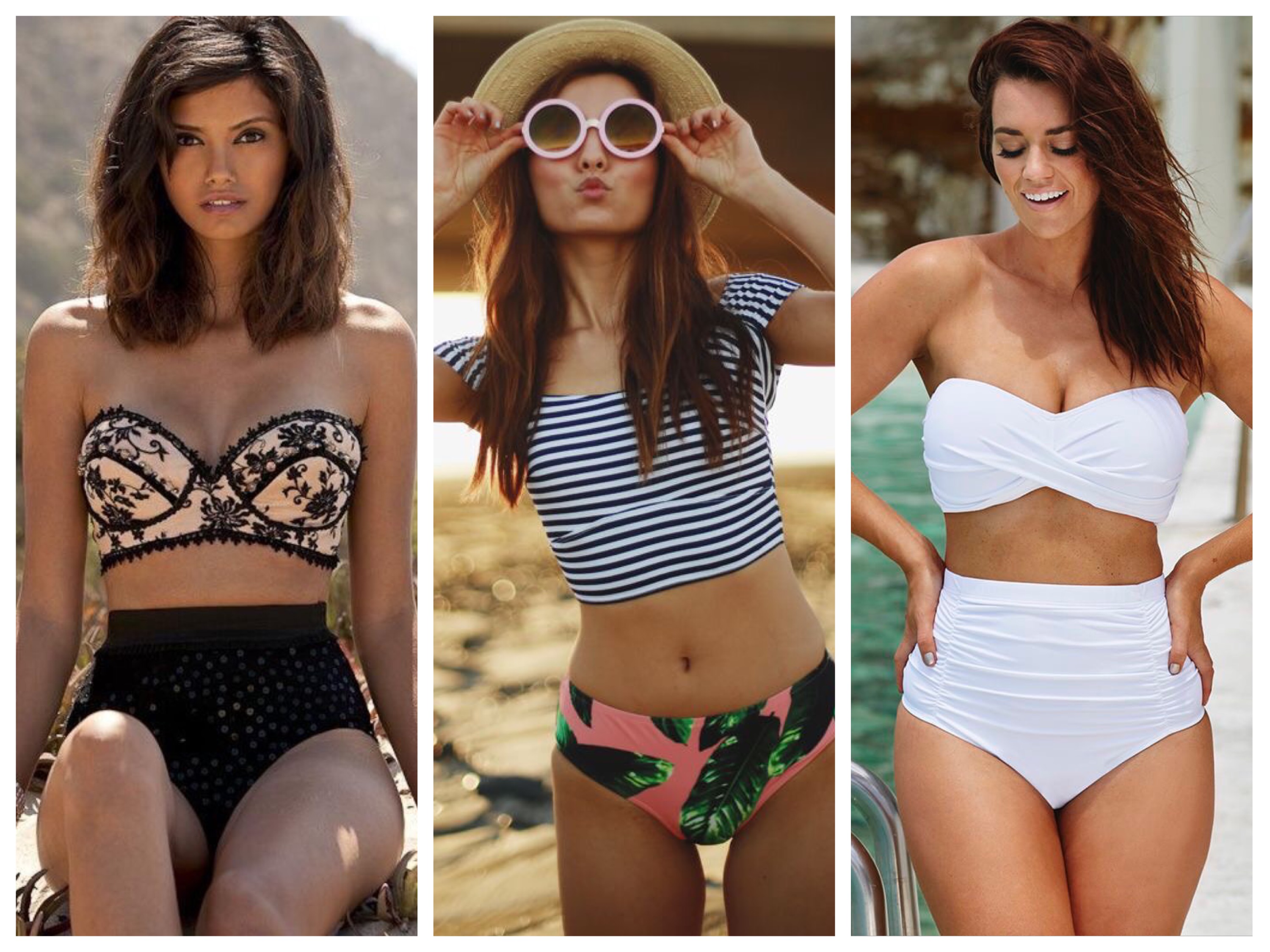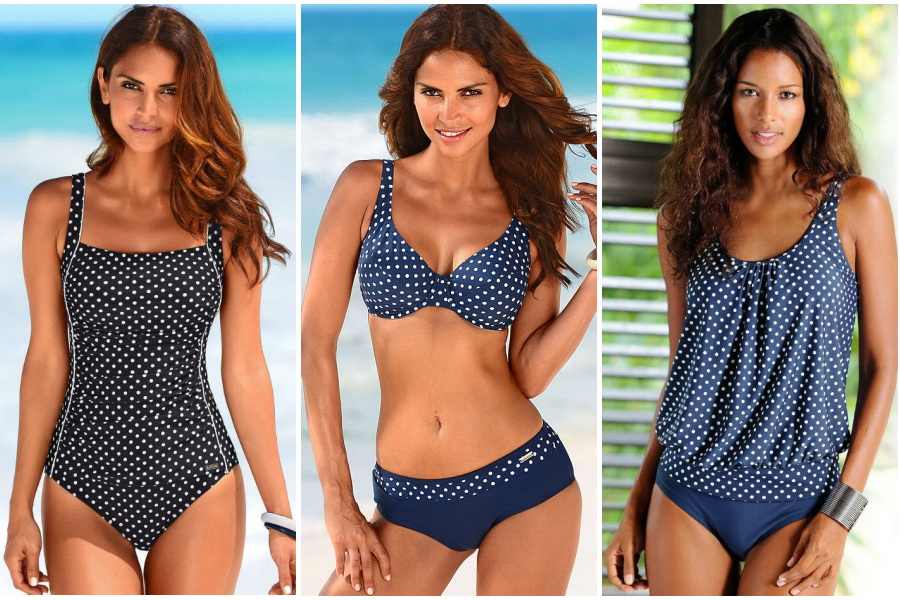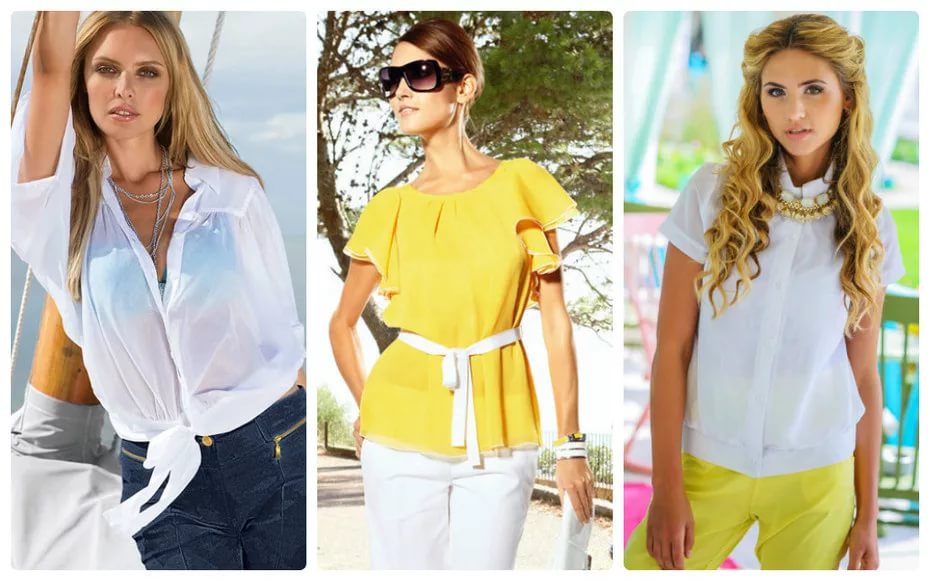When relaxing on the seashore, every woman wants to look irresistible, but sometimes it is so difficult to choose a swimsuit of the right size. Your own skill and imagination come to the rescue. There are many ways to sew a swimsuit according to individual measurements. You need to choose the right material and prepare the necessary tools in advance. With a little patience and perseverance, you can create a truly unique product.
Choice of fabric
The first thing you need to take care of when making a swimsuit is the right fabric. The most common products are made of biflex, since the most suitable is a knitted material consisting of synthetic fibers characterized by elasticity. The following fabrics are also popular:
- Lycra. It is distinguished by excellent stretchability and elasticity. It gives the product high wear resistance and retains its original parameters even after prolonged exposure to water.
- Polyester. Characterized by color fastness, but has a low degree of air permeability. Swimsuits made of this material are not recommended for long-term wear.
- Polyamide. It is durable, reliable, dries quickly. Gives the product a slight shine. The figure in a swimsuit made of such material will look fit.
- Nylon. Quite a durable fabric, but susceptible to ultraviolet radiation. Capable of correcting figure flaws.
- Tactel. Innovative material with a variety of designs. Can be shiny and matte, smooth and velvety. Not afraid of water, dries quickly.
- Microfiber. Characterized by a silky texture, hygienic, but quickly loses shape under the influence of water and sun.
When choosing a suitable option from the variety of materials presented, certain requirements should be taken into account. Since the swimsuit is intended for the beach, sunbathing and swimming, the fabric should poorly absorb moisture, dry quickly, and not be afraid of ultraviolet radiation. Additional elements should also be made of elastic material and stretch well.
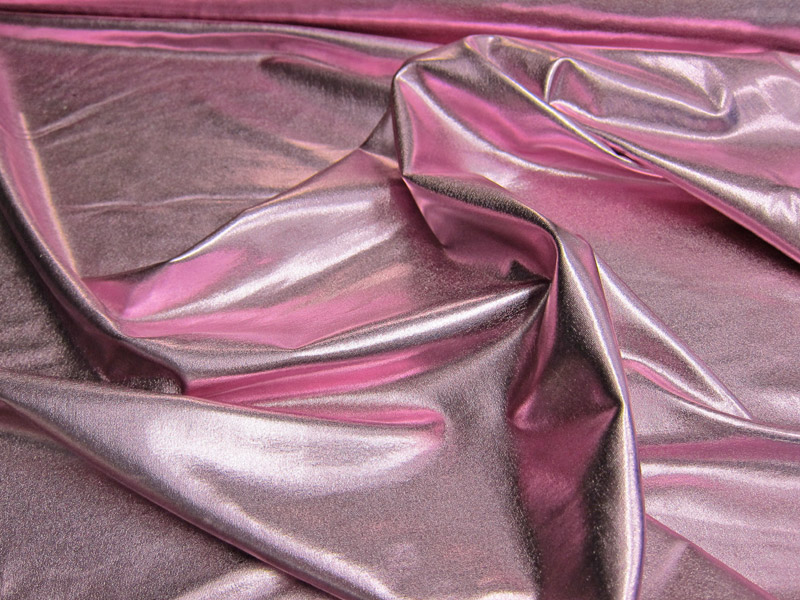


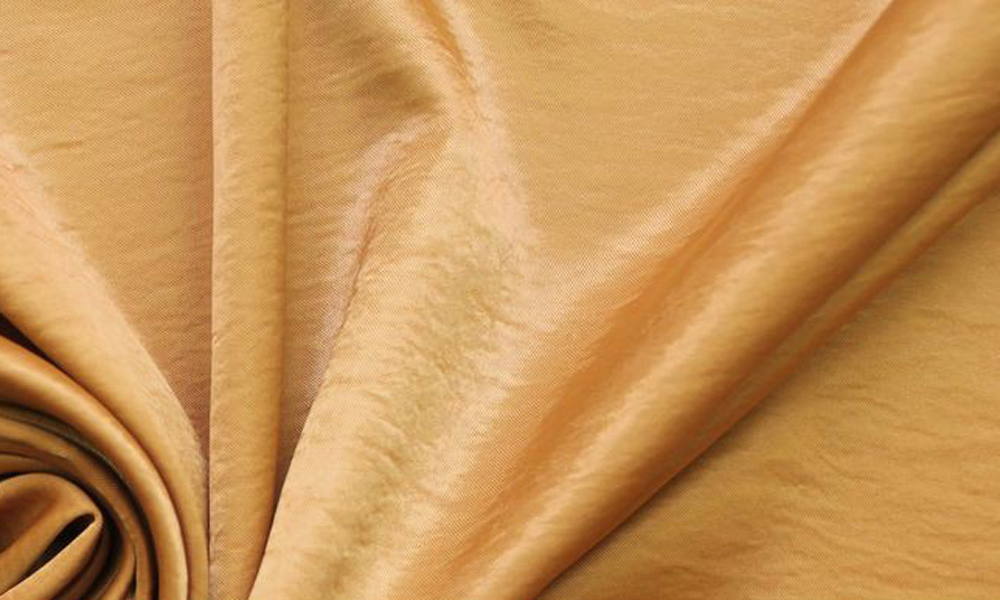


Necessary tools and consumables
To sew a swimsuit with your own hands, you need to take additional care of the tools and consumables. Without them, it is not possible to create a full-fledged product. For work, you will need a number of tools:
- Scissors. You should choose comfortable ones for your hand, with a sharp blade, then the cut of the elastic fabric will be even. At the same time, there will be no unwanted tightening.
- Measuring tape. All markings must be clearly visible to avoid making mistakes in measurements.
- Threads. You need two types - one to match the fabric for sewing and one in contrast to create preliminary seams.
- Needles: Should be thin to create minimal holes in elastic fabrics.
- Sewing machine. You should use a familiar model that is easy to use.
Additionally, you should acquire fittings and finishing materials. For the top of the swimsuit, you will need straps, rings, adjusters, fasteners, bones that support the bust, a cover for the frames in the form of a tunnel tape. You can also use ready-made molded cups. For the entire product, it is recommended to have an edging or finishing tape, similar in properties to an elastic band.
Creating a swimsuit pattern
Creating a swimsuit pattern is a rather labor-intensive process that requires special attention. First, you should correctly take measurements and write them down using symbols. The following measurements are required:
- chest and under chest circumference;
- bust width;
- desired cup height;
- waist size;
- hip volume;
- saddle depth.
To correctly construct a pattern, all measurements should be taken after putting on underwear. The tape is pressed tightly to the body, being in a horizontal position relative to the floor. It is recommended to take into account certain nuances of the fabric, which has elasticity.
It is suggested to check the stretch coefficient on a piece of swimsuit fabric by measuring its width in its normal state and after stretching. The obtained result should be converted into a percentage and then subtracted from the measurements taken. All further adjustments are made during the swimsuit manufacturing process by trying it on.
Closed
When creating a closed (one-piece) swimsuit, the model is drawn in two versions: the front and back. In this case, the lines of the chest, waist, and hips should be at the same level. Then adjustments are made in accordance with the measurements.
The depth of the armhole is indicated by a horizontal line. Next, the gusset line should be marked. For this, two points are determined. The first is located at the back in the middle from the bottom point at a distance of a quarter of the depth of the "saddle" with an increase of 1 cm. The second is at the same level, but in the middle of the front half of the swimsuit. The points are connected by a horizontal line.
Afterwards, adjustments are made to the swimsuit pattern. On the back, the chest and waist drawings should be reduced by two centimeters, and the line that is 3.5 cm above the hip circumference should be narrowed by 15 mm. On the front pattern, the chest and waist lines are reduced by 15 mm, above the hip circumference - by 10 mm.
Next comes the construction of the leg opening. As a rule, its highest point is located above the hip circumference at a distance of 35 mm. On the back pattern, from the bottom of the middle of the back, an eighth of the hip circumference is set aside and a dot is put. On the front part, the same sign is used to indicate the distance from the middle, equal to 1/16 of the hip circumference minus 5 mm. The resulting points are connected by a concave line to the highest part of the opening.
Next, the neckline of the desired neckline depth is drawn. The main thing is that the straps are equal to a third of the width of the back. The back neckline also corresponds to individual preferences. It can be in line with the front or reach the waist. The width of the straps is the same as the front.
The final stage is determining the location of the cups. From the center of the chest in both directions, circles are drawn, the diameter of which corresponds to the size of the bust. The swimsuit pattern is ready.
Separate
When creating a separate swimsuit, patterns are made separately for the top and bottom. The basic version of the top is a bandeau or a simple strip. Its back part narrows from the edge to the center. The front part increases, bending upwards. Two rectangles equal in length to half the chest circumference minus the stretch coefficient of the fabric are applied to the paper. The height of the back part is about 13 cm, the front part corresponds to the width of the chest.
Creating a pattern for the bottom of a two-piece swimsuit is considered a more labor-intensive process. You need to start constructing from the upper left corner, where point T is placed. The height of the "saddle" is measured downwards from it, sign B is marked, the line is extended by a tenth of the hip volume minus one centimeter, point B1 is placed. You get a vertical line. Then a horizontal line is drawn from B1, equal to a quarter of the hip volume minus 15 mm. Point B is placed, from which a vertical is drawn with the final B1, located on the same horizontal line as T. You get a rectangle, which will serve as a basis. The height of the hips is measured downwards from B1, point B2 is placed.
To draw the waist line, step back a quarter of the waist size to the right from T and mark it with point T1, connect it with B2. Then draw the top line of the product. From T down, put aside about 7 cm (T3), from T1 towards B2 – about 6 cm (T4). A red line is drawn between them.
Then the side seam is marked. From T2, a distance of 4 cm is measured along the T1-B2 line. Point T4 is put. To design the gusset, about 2.2 cm should be measured from B1. The resulting point is connected with T4. The pattern of the separate swimsuit is ready.
Cutting and assembly
When the pattern is ready, it is necessary to start cutting the swimsuit fabric. To do this, the fabric is folded in half with the right side inward. The pattern is applied on top and fixed. The contour is traced, and the product blank is cut out. The fabric should be in an unstretched state, since the stretch coefficient is taken into account directly when creating the pattern.
The next stage is gathering. The back and front parts of the bodice are overcast on the sides. The central point of the front is fixed with gathering to give a beautiful shape. Then the panties are gathered. The front and back are connected at the bottom, complemented by a gusset. The side elements are swept.
The resulting parts of the product must be tried on to correct any inaccuracies. All cuts are processed with an overlock. After that, the elastic is sewn along the leg opening, the waist in panties, along the upper and lower parts of the bodice. All parts are connected on a machine.
When making a swimsuit, you should remember the intricacies of working with knitwear. The needle should be special, with a rounded end, so as not to damage the thin loops of the material. Waterproof threads should be inserted into the sewing machine, taking into account the specifics of using the finished product. To prevent the fabric from losing its ability to stretch, you should set a zigzag or elastic stitch.
If you don’t have an overlock machine at hand, you can use zigzag stitches to process seam allowances and cuts.
Stages of sewing creative models
When sewing a swimsuit, you should take into account a number of recommendations. It is desirable to make folds between the cups in the bodice. In this case, the fabric is gathered to the center. The folds are fixed and decorated with decorative elements. It will turn out quite creative.
The straps should be wide. This is necessary for comfort and a neat appearance. The leg openings should not be tucked in. Otherwise, a feeling of discomfort may arise, the seams will rub the skin, especially after contact with water.
Sewing a product dictates certain requirements. It is recommended to monitor the direction of the thread. When cutting knitted fabric, the loops should unravel from top to bottom. In addition to the general rules for each specific type of swimsuit, there is a specific algorithm that describes step by step all the necessary actions. They are especially relevant for beginning craftsmen.
From a T-shirt
There are options for sewing a swimsuit without using new fabric. You can try to create a product from an old T-shirt. Not only will you not have to spend money on expensive material, but you also don’t need to have a sewing machine at hand. All manipulations can be done manually. It is quite possible that you will get such an exclusive and original model that it will become your favorite beach item. The step-by-step algorithm for creating a two-piece swimsuit with hand-sewn seams looks like this:
- The T-shirt is ironed and laid on a flat surface. The seams remain intact.
- The T-shirt is folded in half and secured with French pins. A comfortable version of underwear is used as a basis. The panties are placed at the bottom of the T-shirt. Their central line is located strictly along the fold so that the halves are identical. The outline is drawn.
- Next, the blank is cut out with sharp scissors. When unfolded, two parts are obtained - external and internal.
- The remaining material is used to cut out a bodice based on the existing bra. The cups are outlined in a circle with a diameter equal to the width of the chest. Triangles are drawn tangent to the oval. The resulting elements are cut out.
- The ties for the sides of the bodice are made from the hem of the T-shirt, and for the top part - from the remaining ribbons, which must be braided.
- All cut parts are sewn together.
The visible parts of the beach swimsuit can be decorated with a decorative stitch in the same tone as the fabric or with contrasting threads. If desired, the finished product can be decorated with various elements: bows, rhinestones, beads, appliques.
From an old swimsuit
There are situations when you have a one-piece swimsuit or even several at home, but they are either out of fashion or boring, and you want something fresh and original. Don't rush to get rid of old things. The best solution is to create a new swimsuit, for example, a trikini. The work algorithm looks like this:
- The old product is pulled tightly. A box or a chair can be used for this purpose.
- The desired places for the side cuts are drawn with a contour line using chalk. The result is an image of an hourglass.
- The excess parts of the closed swimsuit are cut out with sharp scissors. The front part of the product is cut in the center into two halves, the upper and lower.
- The resulting front parts are connected using a decorative ring.
- All edges are folded and processed with a seam. Since the fabric is elastic, it is better to give preference to a zigzag stitch.
The swimsuit is ready for use. From an old one-piece product, you can also create a monokini or bikini model. Everything depends on the imagination and desire of the craftswoman.
How to change size
Sometimes it is necessary to change the size of a swimsuit, either up or down. To increase the product slightly, you can wet it and, having pulled it over any suitable surface, leave it in this state until it dries completely. However, sometimes, which is especially important for overweight women, radical changes are necessary. Then you cannot do without a sewing machine. It is suggested to rip a separate swimsuit on the sides. The resulting elements are connected by inserting fabric or mesh of a suitable width.
If the swimsuit is separate, the bodice of the product can be increased with additional strips of fabric or thick guipure. They are sewn along the entire perimeter except for the lower part. Accordingly, the upper ties are also transferred.
In order to increase the size of the panties yourself, you can make side inserts, then sew all the elements together. It is possible to use such an option as ties. The side seams are ripped open, then connected with ribbons or braids made of fabric.
To make the swimsuit smaller, you should use the existing seams. In the right places, they are ripped open, and excess fabric is cut off. Then, folds are made, which are fixed with a machine stitch.
Options for upgrading an obsolete product
Sometimes the quality of a swimsuit is so excellent that it still looks great, but you are already tired of it, and it is a pity to throw it away. In this case, you should fantasize and update the outdated product. Experts offer several options for how to make an exclusive model. The most common is the use of fringe, which is sewn on top of the product. You can use both short and long elements.
You can also make cutouts. The location and shape depend on personal preferences and the swimsuit model. Sharp scissors are used for the work. The edges are processed with stitching or regular nail polish.
If the swimsuit is plain, you can decorate it with a picture. To do this, you will need a waterproof marker. The image is first applied with a pencil, then colored.
The even edges of the swimsuit can be decorated with a decorative wavy frill or a ribbon made of thick guipure. Girls who prefer the glamor style can use beads and rhinestones. There are many options for decorative trim. The main thing is imagination and the desire to look irresistible.
Video


